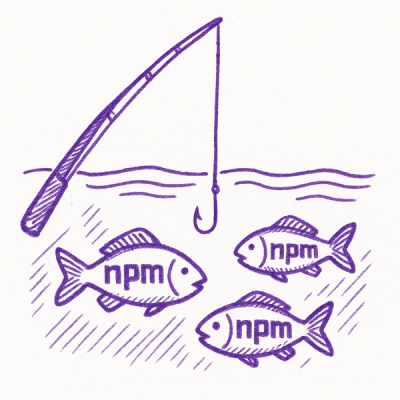.. image:: https://raw.githubusercontent.com/vshymanskyy/StandWithUkraine/main/banner-direct-single.svg
:target: https://stand-with-ukraine.pp.ua
:alt: Stand With Ukraine
|
.. image:: https://github.com/liminspace/django-mjml/actions/workflows/test.yml/badge.svg?branch=main
:target: https://github.com/liminspace/django-mjml/actions/workflows/test.yml
:alt: test
.. image:: https://img.shields.io/pypi/v/django-mjml.svg
:target: https://pypi.org/project/django-mjml/
:alt: pypi
|
.. image:: https://cloud.githubusercontent.com/assets/5173158/14615647/5fc03bf8-05af-11e6-8cdd-f87bf432c4a2.png
:target: #
:alt: Django + MJML
django-mjml
The simplest way to use MJML <https://mjml.io/>_ in Django <https://www.djangoproject.com/>_ templates.
|
Installation
Requirements:
^^^^^^^^^^^^^
Django from 2.2 to 5.2requests from 2.24.0 (only if you are going to use API HTTP-server for rendering)mjml from 4.7.1 to 4.15.2 (older version may work, but not tested anymore)
\1. Install mjml.
Follow https://github.com/mjmlio/mjml#installation and https://documentation.mjml.io/#installation to get more info.
\2. Install django-mjml. ::
$ pip install django-mjml
If you want to use API HTTP-server you also need requests (at least version 2.24)::
$ pip install django-mjml[requests]
To install development version use git+https://github.com/liminspace/django-mjml.git@main instead django-mjml.
\3. Set up settings.py in your django project. ::
INSTALLED_APPS = (
...,
'mjml',
)
|
Usage
Load mjml in your django template and use mjml tag that will compile MJML to HTML::
{% load mjml %}
{% mjml %}
Hello world!
{% endmjml %}
|
Advanced settings
There are three backend modes for compiling: cmd, tcpserver and httpserver.
cmd mode
^^^^^^^^
This mode is very simple, slow and used by default.
Configure your Django::
MJML_BACKEND_MODE = 'cmd'
MJML_EXEC_CMD = 'mjml'
You can change MJML_EXEC_CMD and set path to executable mjml file, for example::
MJML_EXEC_CMD = '/home/user/node_modules/.bin/mjml'
Also you can pass addition cmd arguments, for example::
MJML_EXEC_CMD = ['node_modules/.bin/mjml', '--config.minify', 'true', '--config.validationLevel', 'strict']
Once you have a working installation, you can skip the sanity check on startup to speed things up::
MJML_CHECK_CMD_ON_STARTUP = False
tcpserver mode
^^^^^^^^^^^^^^
This mode is faster than cmd but it needs the MJML TCP-Server <https://github.com/liminspace/mjml-tcpserver>_.
Configure your Django::
MJML_BACKEND_MODE = 'tcpserver'
MJML_TCPSERVERS = [
('127.0.0.1', 28101), # the host and port of MJML TCP-Server
]
You can set several servers and a random one will be used::
MJML_TCPSERVERS = [
('127.0.0.1', 28101),
('127.0.0.1', 28102),
('127.0.0.1', 28103),
]
httpserver mode
^^^^^^^^^^^^^^^
don't forget to install requests to use this mode.
This mode is faster than cmd and a bit slower than tcpserver, but you can use official MJML API https://mjml.io/api
or run your own HTTP-server (for example https://github.com/danihodovic/mjml-server) to render templates.
Configure your Django::
MJML_BACKEND_MODE = 'httpserver'
MJML_HTTPSERVERS = [
{
'URL': 'https://api.mjml.io/v1/render', # official MJML API
'HTTP_AUTH': ('', ''),
},
{
'URL': 'http://127.0.0.1:38101/v1/render', # your own HTTP-server
},
]
You can set one or more servers and a random one will be used.



